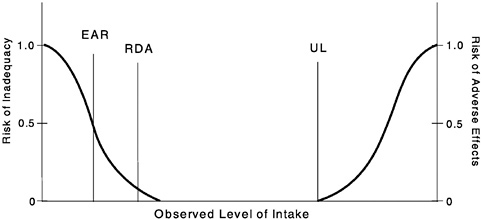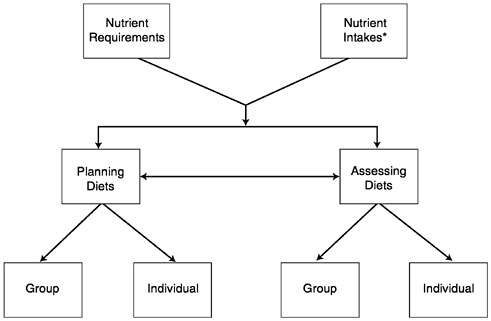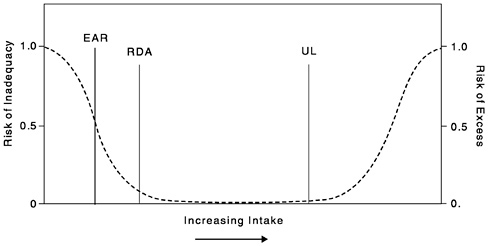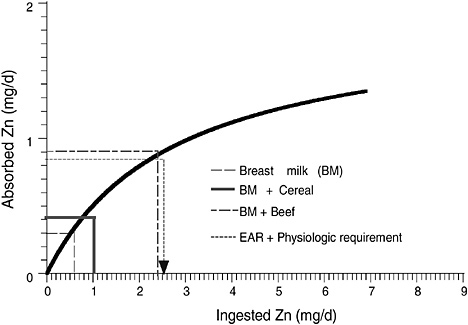The Dietary Reference Intakes Are Appropriately Used For
Dietary reference intakes dris are a set of nutrient based reference values that provide quantitative recommendations by gender age life stage or physiological condition such as pregnancy or lactation for nutrient intakes of individuals living in the united states and canada.
The dietary reference intakes are appropriately used for. The dietary reference intakes dris are a set of reference intake levels for nutrients that can be used for planning diets and assessing nutrient inadequacies of individuals and groups. 1 institute of medicine food and nutrition board. It was introduced in 1997 in order to broaden the existing guidelines known as recommended dietary allowances rdas see below the dri values differ from those used in nutrition labeling on food and dietary supplement products in the u s.
In most situations a cutpoint approach may be used to estimate the prevalence of inadequate intakes within the population group under study. The report dietary reference intakes. The intake level that is sufficient to meet the nutrient requirement of nearly all 97 to 98 percent healthy individuals in a group.
Armstrong in encyclopedia of food and health 2016. Applications in dietary assessment1 is designed to provide guidance on the interpretation and use of dietary reference intakes dris. Rda recommended dietary allowance.
University of hawai i at mānoa food science and human nutrition program understand daily reference intakes cc by nc 4 0. As the committee noted it is appropriate to use the new dietary reference intakes dris as the basis for these reference values. The term dietary reference intakes refers to a set of four nutrient based reference values that represents the new approach adopted by the food and nutrition board.
This approach is a simplification of the full probability method of calculating the. The us standards are based primarily on the 1968 recommended dietary allowances rdas whereas the canadian standards are based on the 1983 recommended nutrient intakes. Dietary reference intakes for energy carbohydrate fiber fat fatty acids cholesterol protein and amino acids macronutrients.
Since the publication of the dri reports 1997 2004 the reference intake levels have been used for various purposes.
















